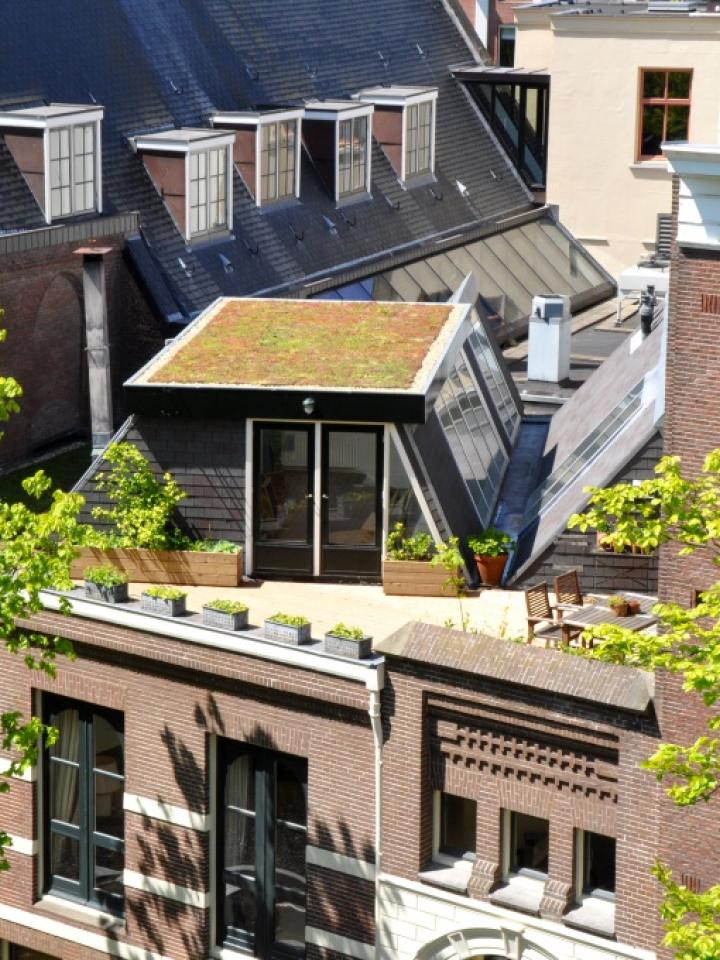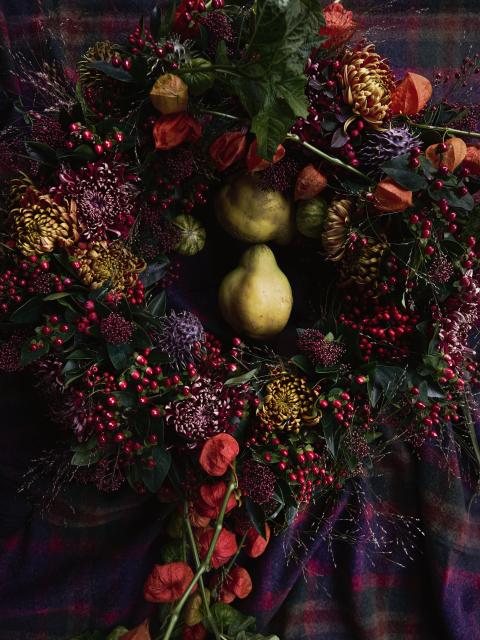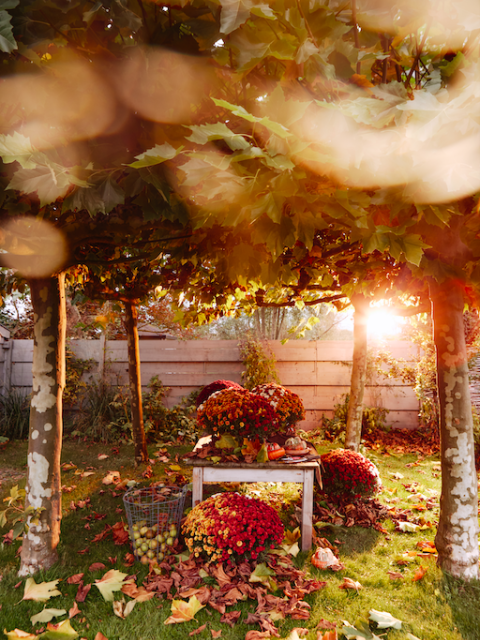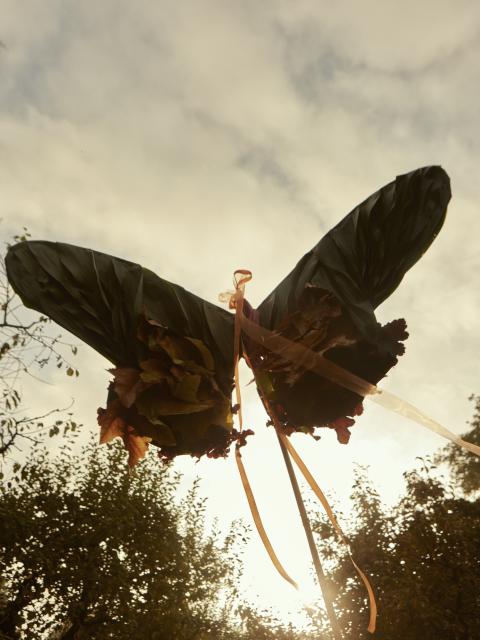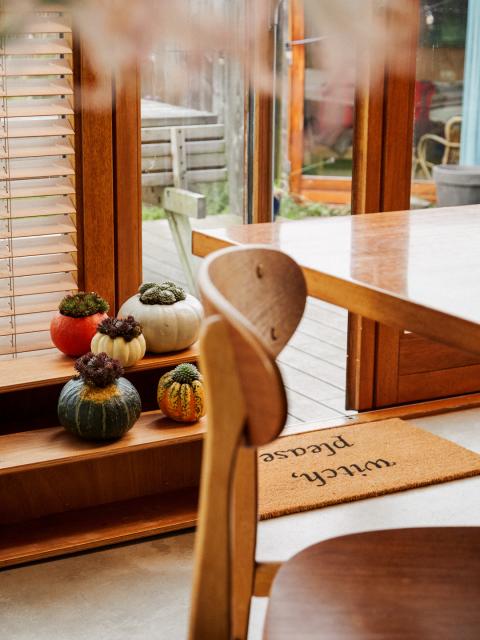Green roofs are lovely to look at and make a useful addition to the natural environment. They enhance biodiversity in your surroundings and purify the air, thanks to the fact that plants absorb and filter CO2 emissions. A green roof attracts insects (and therefore also birds), is sustainable and also provides insulation. Not just in terms of temperature - it also absorbs noise from outside. Since the plants absorb water, you are less likely to suffer flooding in a heavy rain storm. It requires virtually no maintenance, and it can be created on virtually any roof.
7 steps to a green roof
Step 1. Carefully clean the existing roofing with a brush.
Step 2. Makes sure that the downpipe is kept clear by placing a balloon guard on it.
Step 3. Place plenty of gravel around the guard so that the soil cannot wash into it.
Step 4. Roll out a drainage mat on the roof and cut it to size.
Step 5. Cover the mat with an artificial soil for plants, such as substrate.
Step 6. Distribute the plants across the substrate or roll out a ready-made sedum mix mat on it.
Step 7. Spray your brand-new green roof lightly, so that it can absorb moisture.
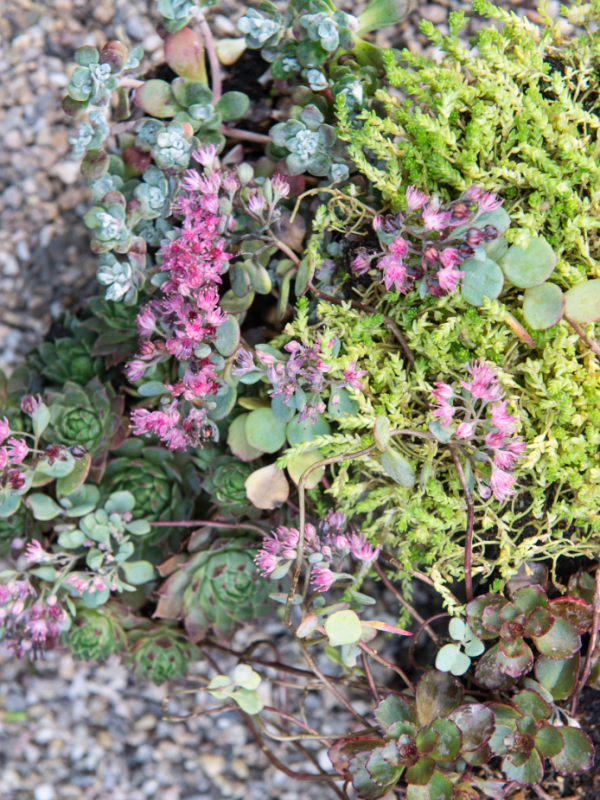
What can you put on your roof?
You can use succulents, mosses and herbs for a green roof. Prairie grasses also look good, but the most suitable plant is sedum, also known as stonecrop. There are over a hundred species of this plant which are suitable for a green roof.
They come in various colours and flower in white, pink, crimson and yellow.
Minimal maintenance
Remove weeds and seedlings twice a year. The seedlings can be grown on in pots or containers, or planted straight into the soil.
Feed once a year, and turn the garden hose on in the event of a prolonged drought, and that’s all!

